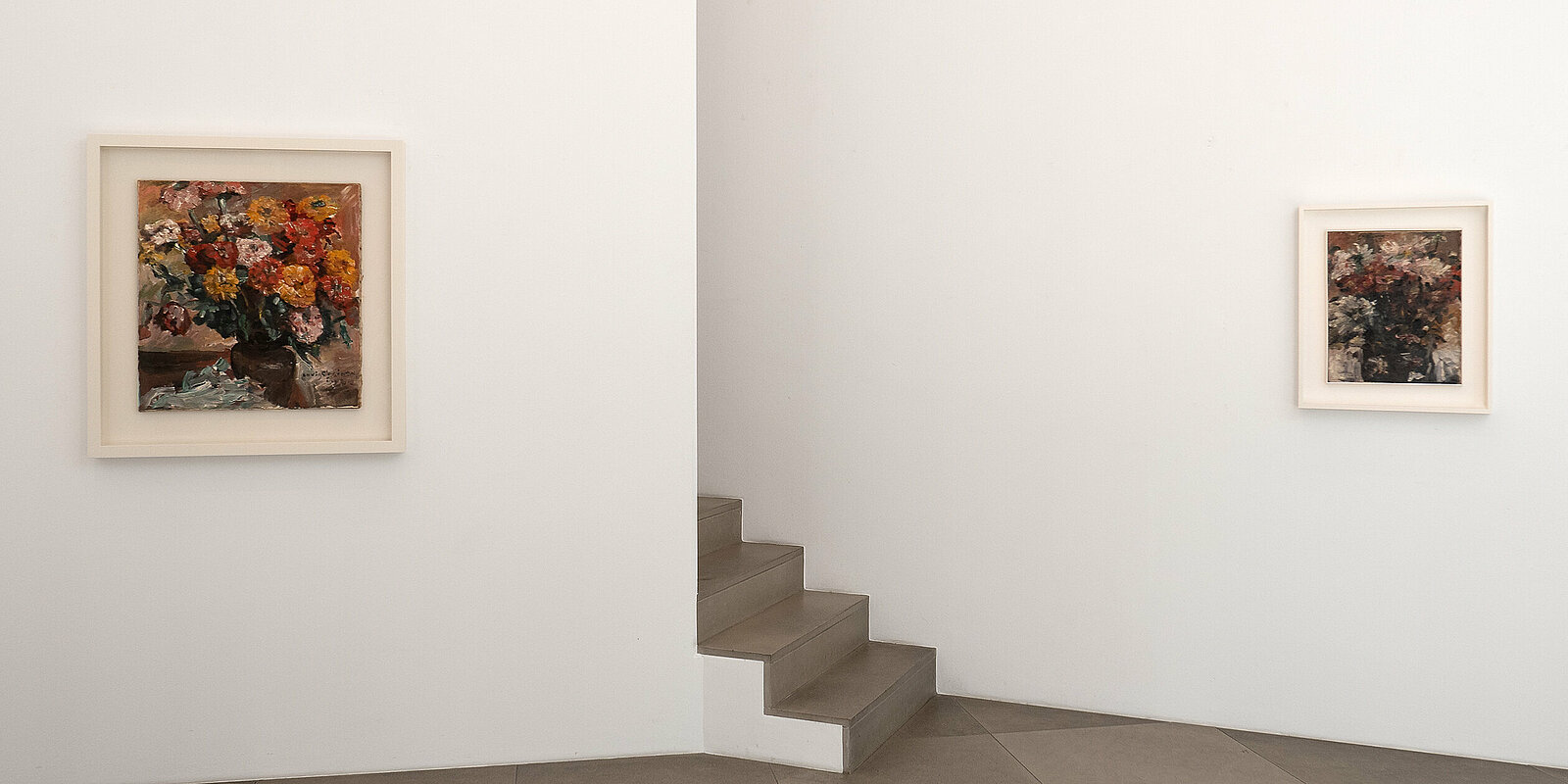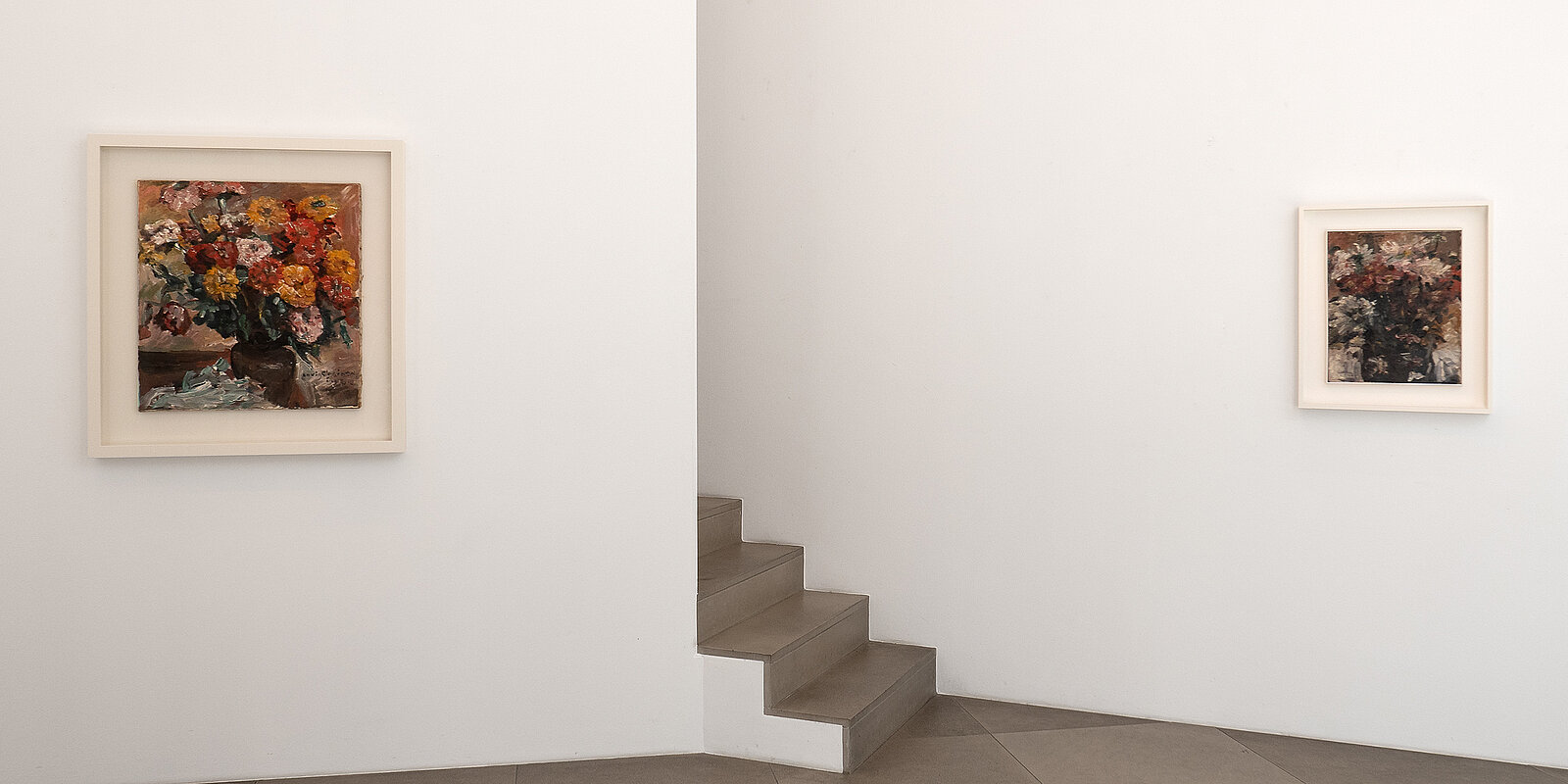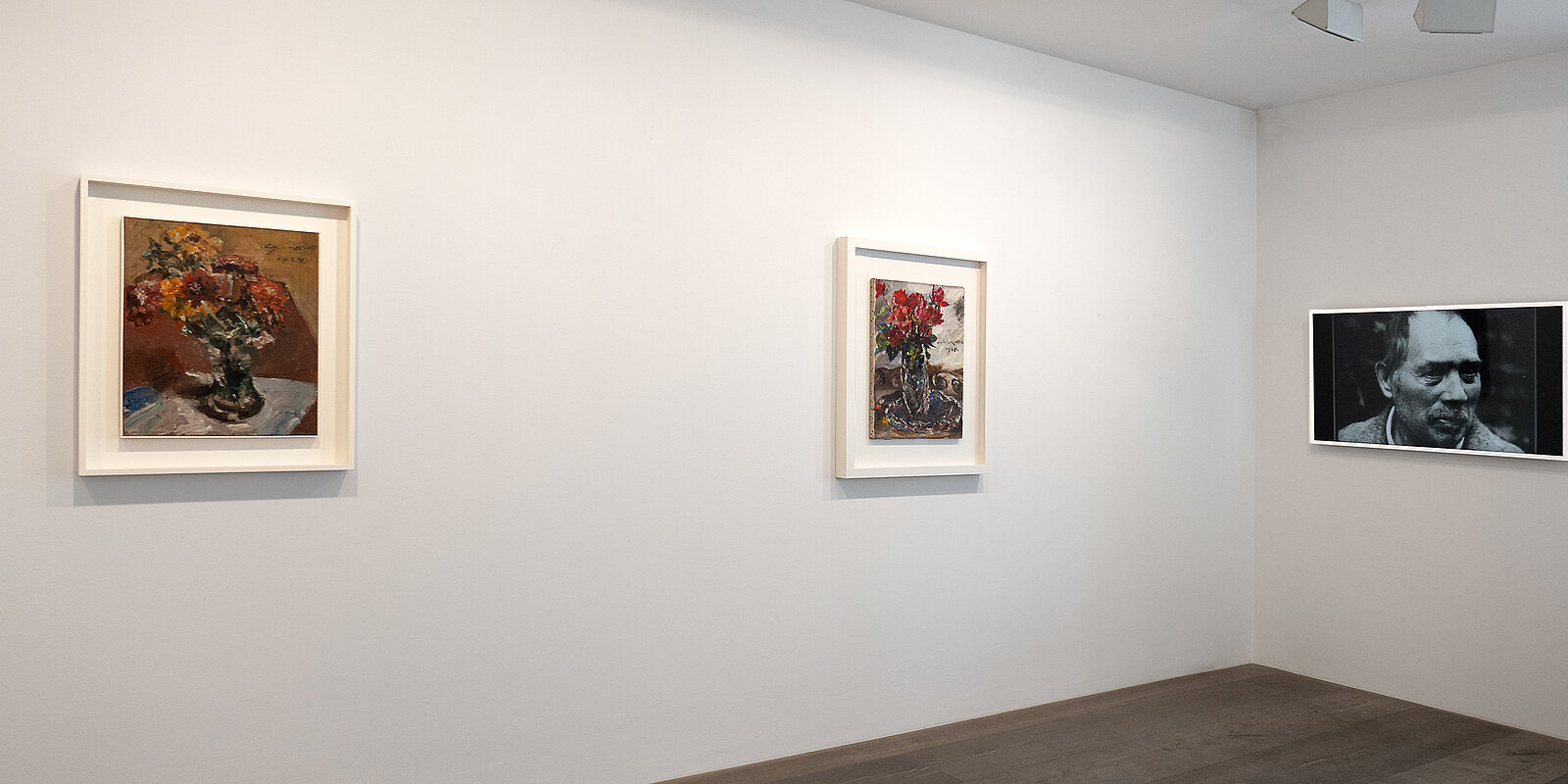Lovis Corinth: Peinture

Galerie Karsten Greve AG St. Moritz
Lundi - Samedi 10h – 13h / 14h – 18h30
Vernissage le vendredi 15 septembre 2023 de 17h à 19h.
Version anglaise
Galerie Karsten Greve is delighted to dedicate an exhibition to the painter Lovis Corinth (1858-1925). This is the first such presentation at Karsten Greve's St. Moritz. On display will be thirteen pieces from Lovis Corinth's late creative years (1915-1925), in which the artist passionately devoted himself to the subject of floral still lifes, motifs that have always been linked to the idea of the finite nature of existence. The exhibition includes eleven paintings, as well as two works on paper from the Karsten Greve Collection.
The presentation focuses on painterly aspects, such as the tempo, the color palette, and Corinth's search for "pure painting". The exhibition invites visitors to rediscover one of the most important and versatile German painters who was a respected artist in his lifetime, but whose legacy was overshadowed by the social and political turmoil of the 20th century.
Lovis Corinth painted flower pieces of infinite delicacy such as Helle Rosen, 1915, and Flieder im Kelchglas, 1923. His Chrysanthemen im Krug, from 1918, is a magnificent display of flowers reminiscent of bouquets of chrysanthemums painted by Auguste Renoir or Gustave Caillebotte, or of depictions of the Giverny garden that fascinated Claude Monet so much. As Herbstblumen in Vase, 1924, impressively demonstrate, Lovis Corinth increasingly developed an interest in lush floral compositions whose variety of shapes and intense colors corresponded to his expressive use of pictorial means. The radiance of the marigolds or dahlias oscillates between warm yellow and brownish red. The dissolution of the subject matter in the act of painting is part of his artistic concept: "true art means using unreality. This is the highest goal!" Lovis Corinth jotted down in his diary on March 31, 1925. His focus shifts from the floral motif to the quality of the color and its effect. Seen from close up, the 1923 oil painting Blumen in Bronzekübel shows an explosion of superimposed or juxtaposed impasto brushstrokes in a mixture of green, red, purple, orange, and brown tones with white and yellow reflections. Fine traces of the brush bristles are clearly visible on the surface of the painting: "Every brushstroke is throbbing life," as art critic Gustav Pauli described this phenomenon in 1924. In his late work, Lovis Corinth achieves a unique balance between the representation of the subject and "pure" painting which, in individual parts, is by no means inferior to the gestural painting of a William de Kooning or Cy Twombly.
Louis Heinrich Corinth, who was to call himself "Lovis" later in life, was born in Tapiau, East Prussia (now Gvardeysk, Russia), in 1858. He studied at the academies of arts of Königsberg, Munich, and Antwerp as well as at the private Académie Julian in Paris. In 1891, he relocated to Munich where he was to become one of the founding members of the Munich Secession. A member of the Berlin Secession since 1899, he moved to Berlin between 1900 and 1902; he opened his own art school and, within no time, came to be held in high esteem as an artist as well as a member of society. In 1911, he suffered a stroke. When comparing his artistic production with that of the previous years, no stylistic break is apparent, rather a development. Since 1919, he spent fruitful annual working stays in his summer retreat in Urfeld on Lake Walchen. When Lovis Corinth traveled to Amsterdam in 1925, he contracted pneumonia, and died in Zandvoort on July 17. During his lifetime he was honored with awards, solo and group exhibitions; international exhibitions held up to today bear witness to the continued appreciation and popularity of the artist. His work is represented in important private and public collections worldwide, including the collection of the Nationalgalerie, Staatliche Museen zu Berlin; Museum Kunstpalast, Düsseldorf; Bayerische Staatsgemäldesammlungen, Neue Pinakothek, Munich; the municipal museum Städtische Galerie im Lenbachhaus and Kunstbau, Munich; Franz Marc Museum, Kochel am See; Wallraf-Richartz-Museum & Fondation Corboud, Cologne; Musée d’Orsay, Paris; Tate Britain, London; Israel Museum, Jerusalem; Österreichische Galerie Belvedere, Vienna; Kunstmuseum Basel and Kunsthaus Zürich; the Museum of Modern Art and The Metropolitan Museum of Art in New York.


